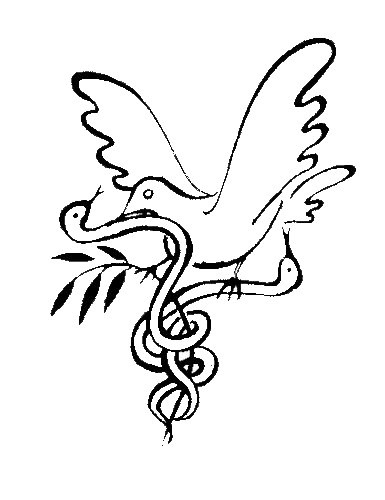April 28, 2008
Mirror, Mirror On the Screen
 It’s been a few weeks since I first started experimenting with the Play As Being practice, and ventured into Second Life. I continue to appreciate the performative brilliance of utilizing Second Life as a means to study the nature of consciousness, being, and reality. I am starting to imagine a metaphysical syllabus that incorporates virtual world immersion as an instrument for laying bare the everyday assumptions we make about consensual reality.
It’s been a few weeks since I first started experimenting with the Play As Being practice, and ventured into Second Life. I continue to appreciate the performative brilliance of utilizing Second Life as a means to study the nature of consciousness, being, and reality. I am starting to imagine a metaphysical syllabus that incorporates virtual world immersion as an instrument for laying bare the everyday assumptions we make about consensual reality.
While I am learning something about myself as I project my identity into my avatar (its almost impossible not to, as veteran SL’ers will attest), I am also learning more about this world, and its seductive attraction. Lots of Second Lifers believe that Second Life is just as real as Real Life (which, for mystics might just mean that both are illusory), but I lean more towards the cautious opinion that Second Life is a mirror, albeit one with a great deal of depth.
Mirrors are quite magical and wonderful (7 years of altered luck, and all that). They can be used to see far and deep — think reflecting telescopes or the michaelson-morely experiments — but they have also trapped a fair share of narcissuses in their alluring reflections. So does SL represent the vanity of vanities? Maybe not, but considering that the energy consumption of a typical SL avatar now exceeds the energy consumption of an average real world brazillian, it is important that folks consider their time in SL well spent.
One upside of my recent journeys is that I now appreciate the research going on in this area much better. Here are two pieces from the Chronicle of Higher Ed reporting on research going on at Stanford’s Virtual Human Interactions Lab:
The claim that a user’s avatar imprints so strongly on their psyche is much easier for me to understand after spending some time in Second Life. I would have been far more skeptical of these findings if I hadn’t experienced the power of this medium first hand.
These findings and experiences really helped me imagine the potential impact of projects like Virtual Guantanamo (which I haven’t personally visited yet). I can say, that when I stumbled across the Virtual World Trade Center I found the location distinctly eerie and spooky. Apparently I’m not alone, as the virtual storefronts on the groundfloor are vacant here too. And, as I learned recently at a symposium at the Fashion Institute of Technology, SL is an ideal environment for teaching fashion and design. While SL has its share of casinos and lap dances, places like Rieul’s Zen Garden and the Interfaith Gardens show a real diversity of interest, consistent with the proposition of SL as a mirror.
As for the core experiment, sprinkling the pixie dust of reflection and contemplation throughout my day, I continue to be impressed by how malleable my awareness can be. In Pema’s words: “repetition is a powerful thing.” Over the past few weeks I have also enjoyed poking holes in reality while at the movies and travelling to foreign countries. Ideas we have been repeating and playing with regularly in Dakini’s lovely Rieul teahouse.
 Filed by jonah at 12:15 am under earth,epistemology,ethics,playasbeing,water
Filed by jonah at 12:15 am under earth,epistemology,ethics,playasbeing,water
 3 Comments
3 Comments


 I suppose it was only a matter of time before I experienced something within Second Life that caught my interest. Though I work on and study social software, I haven’t been particularly giddy about metaverses (multiplayer, persistent, 3D immersive environments) for a variety of reasons – perhaps tracing back to the fact that I haven’t really enjoyed playing too many computer games.
I suppose it was only a matter of time before I experienced something within Second Life that caught my interest. Though I work on and study social software, I haven’t been particularly giddy about metaverses (multiplayer, persistent, 3D immersive environments) for a variety of reasons – perhaps tracing back to the fact that I haven’t really enjoyed playing too many computer games.